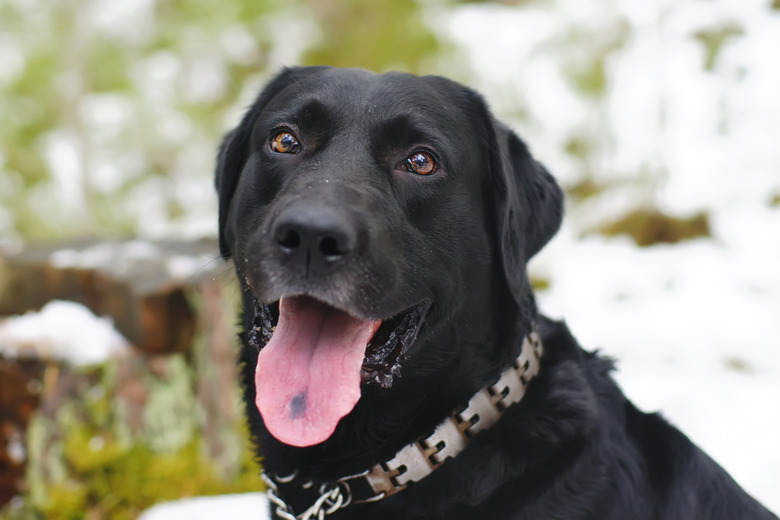Can Dogs Have Birthmarks?
Do dogs have birthmarks? Merriam-Webster defines a birthmark as an "unusual mark or blemish on the skin at birth," and it is also called a nevus. Though you may not see a dog birthmark beneath his fur, it's possible your dog has a birthmark. If you see any unusual spots on your pup, they may be birthmarks; however, it's always wise to have your vet confirm your suspicions.
About dog birthmarks
About dog birthmarks
Can dogs have birthmarks? A birthmark, or nevus, in animals refers to any place where the skin is malformed, including unusually pigmented spots. The birthmark can supersede the skin's normal structure, resulting in hairless spots when the hair follicles are involved. There are a number of hereditary skin conditions that dogs contend with, and if they're contained, they often can be removed surgically, frozen, or lasered from a dog's skin.
Congenital abnormalities as birthmarks
Congenital abnormalities as birthmarks
Most congenital skin abnormalities are uncommon in dogs. Among the rare possibilities are dermoid cysts, which are skin pockets above the backbone that collect debris; ichthyosiform dermatosis, a condition covering parts of the body with large scales; vitiligo, splotches of bleached skin; and albinism, which is different from extreme white spotting. Pink or pale irises are the hallmark of true albinism.
Because of their hereditary nature, it's common for certain birthmarks to be prominent among specific breeds. For example, Rhodesian ridgebacks are more vulnerable to dermoid cysts than other breeds.
Other skin abnormalities
Other skin abnormalities
It's easy to overlook a mole, lump, or bump on your pup, so if you came across one when you're giving him a good belly rub, it may have felt like your heart skipped a beat. There are some common skin conditions and growths that aren't birthmarks, such as a basal cell tumor, which is a single hairless nodule on a narrow stalk; hematoma, a collection of clotted blood under the skin; skin papilloma, a wart-like growth on the skin; and melanoma, a dark pigmented nodule in the dark parts of the skin, such as the mouth or nail bed.
As dogs age, they commonly develop moles and fatty lumps and bumps. When you come across a new growth on your dog, you should have your vet give it a look to determine its nature.
Hair loss and coat colors
Hair loss and coat colors
When the nevus interferes with the skin to the point of affecting a dog's hair follicles, he'll have a birthmark that's actually a bald spot. Color dilution alopecia changes hair that's normally black to fawn, beige or blue. Black hair follicle dysplasia results in hair loss in the black-colored areas of black and white dogs.
Ticking and roan in dog coat colors and patterns aren't birthmarks, but instead are hair colors, not a result of skin pigment. Ticking is flecks of color in a dog's coat where his hair is normally white and is a genetic trait, as well as an accepted pattern on various breeds of dogs.
Dog birthmark on the tongue
Dog birthmark on the tongue
It is a myth that only certain breeds of dogs have black colors on their tongues. Any dog can have this birthmark, which is black pigmentation on his tongue, or even on his gums and inner lips. If your puppy has a black spot on his tongue, that's a birthmark.
However, if you note dark spots that are elevated higher than the rest of the surrounding nonpigmented tissue, it's time to have the vet take a look. Squamous cell carcinoma accounts for almost 50 percent of tongue cancer in dogs. Other types of oral cancers are granular cell tumors and mast cell tumors.


